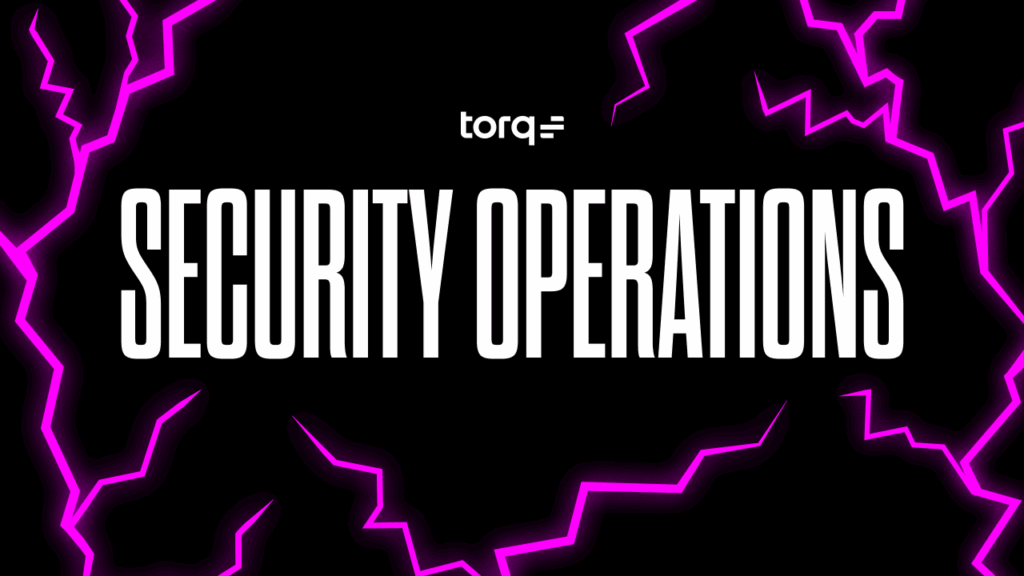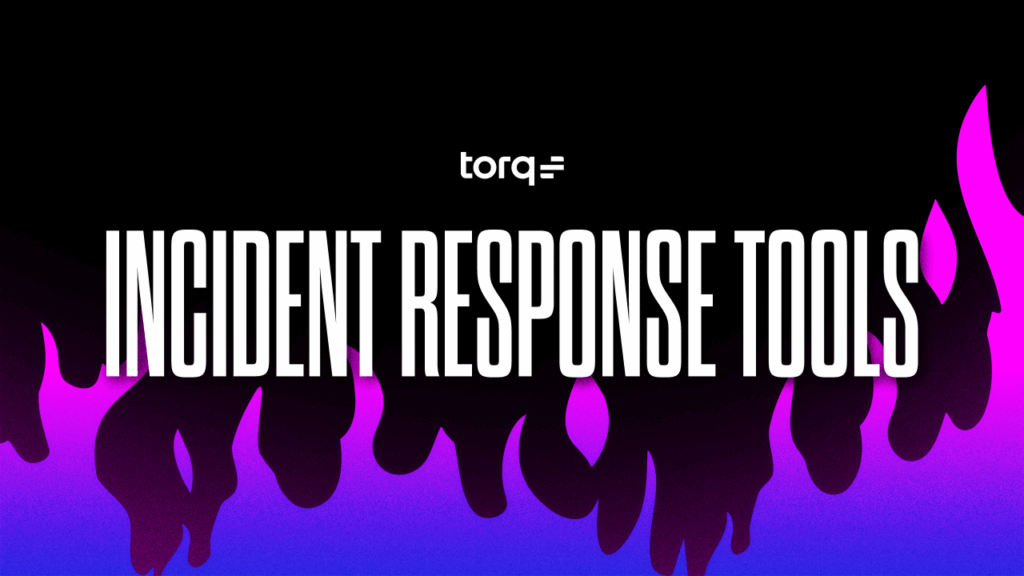Contents
Get a Personalized Demo
See how Torq harnesses AI in your SOC to detect, prioritize, and respond to threats faster.
The future of SOC automation is dynamic and rapidly evolving, promising to revolutionize how security operations centers (SOCs) tackle their most pressing challenges. As cybersecurity threats grow in volume and sophistication, SOC teams are increasingly overwhelmed by alert fatigue, false positives, and a critical shortage of skilled professionals.
We recently sat down with Cybersecurity Researcher and Analyst Francis Odum to discuss his report exploring trends in SOC automation and how Torq HyperSOC™ solves the challenges legacy solutions failed to deliver on.
The Evolution of SOC Automation
Early Days: Bespoke Scripts
In the early days of SOC automation, bespoke scripts were the primary tools used to streamline security operations. These scripts were often handcrafted by experienced analysts to automate repetitive tasks such as log parsing, alert triaging, and basic threat detection. While these custom scripts provided some level of efficiency, they had significant limitations. They were often brittle, difficult to maintain, and heavily reliant on the expertise of individual analysts who created them. This made scaling automation across the SOC challenging. Moreover, the scripts lacked the intelligence and adaptability to handle the growing complexity and volume of cyber threats. Despite these drawbacks, bespoke scripts laid the groundwork for future advancements in SOC automation, highlighting the potential for automation to alleviate some of the workload from human analysts.
The Rise and Fall of SOAR Platforms
As the limitations of bespoke scripts became apparent, we saw the emergence of Security Orchestration, Automation, and Response (SOAR) platforms. Legacy SOAR platforms were designed to bring a more structured and scalable approach to SOC automation. They integrated various security tools and data sources, enabling automated workflows that could handle complex threat scenarios more effectively. SOAR platforms made hefty promises of increased efficiency and scalability in the SOC. Unfortunately, SOAR’s monolithic, rigid architecture led to a lack of integrations, limited flexibility, and major complexity issues. Today, SOAR solutions are being phased out by SOC teams looking for a more modern, scalable approach to security automation.
Torq HyperSOC™: The First Purpose-Built Hyperautomated SOC Solution
Hyperautomation represents the next frontier in SOC automation, pushing the boundaries of what is possible. Unlike earlier approaches, hyperautomation aims to automate virtually every aspect of SOC operations, from threat detection and response to compliance and reporting. By leveraging AI and machine learning, hyperautomation can continuously learn and adapt to new threats, making SOCs more resilient and proactive. Additionally, hyperautomation platforms can orchestrate complex workflows that involve multiple tools and systems, providing a unified approach to cybersecurity management. As organizations face increasingly sophisticated cyber threats, Torq HyperSOC™ offers a scalable and robust solution, enabling SOCs to operate at peak efficiency while freeing human analysts to focus on more strategic tasks.

What’s Next in SOC Automation
Automating Tier-One Analyst Tasks
Tier-one tasks, such as initial alert triage, data enrichment, and basic investigation, are often repetitive and time-consuming. Analysts can focus on more complex and critical issues by automating these processes. Automation not only speeds up response times but also reduces the chance of human error. Furthermore, it helps maintain high productivity even during high alert volumes, preventing burnout among analysts. Torq HyperSOC™ offers automation capabilities that ensure tier-one tasks are completed swiftly, allowing SOC teams to allocate their resources more strategically. This leads to a more effective security operation, where skilled professionals can focus on tasks that truly require their expertise.
AI Integration: LLMs and Beyond
AI integration has become a cornerstone of modern SOC automation, with large language models (LLMs) leading the way. These advanced AI models can process and analyze vast amounts of textual data, providing deeper insights into threat intelligence and incident reports. LLMs can assist in generating detailed incident summaries, recommending remediation steps, and even automating threat-hunting activities. Other applications of LLMs include unlocking the ability to create new integrations or build out automations using natural language, removing the barrier of entry for analysts who don’t have the necessary coding skills demanded by SOAR connectors and integration builders. Beyond LLMs, AI integration encompasses various machine learning algorithms designed to detect anomalies, predict potential threats, and optimize response strategies. The ability of AI to learn from historical data and adapt to new threat landscapes makes it an invaluable asset for SOCs. Furthermore, AI-driven analytics can correlate data from disparate sources, offering a more comprehensive view of the security environment. As AI technology continues to evolve, its integration into SOC operations will undoubtedly enhance the efficiency and effectiveness of cybersecurity measures.
The Vision of a Fully Hyperautomated SOC
A fully Hyperautomated SOC has already become a reality as we look at the modern security landscape. The modern SOC relies heavily on Hyperautomation to amplify the capabilities of human analysts, not replace them. Envision a system where sophisticated AI algorithms are continuously informed by vast troves of historical and real-time data, with humans providing the strategic oversight necessary to navigate the evolving threat landscape. This is precisely what Hyperautomation is already delivering and where SOAR solutions failed to rise to the challenge. In this modern Hyperautomated SOC, technology not only detects and counteracts threats faster but also forecasts and preemptively strengthens defenses against potential vulnerabilities. This level of human-guided automation promises to improve the speed of incident detection and mitigation, delivering expedited yet carefully vetted responses to emerging threats. A human-centric, hyperautomated SOC would ensure seamless compatibility with broader enterprise systems, promoting an integrated security orientation that comprehensively covers an organization.
Get a Demo
If you’re ready to experience the future of SOC automation, contact us to get a demo today.






